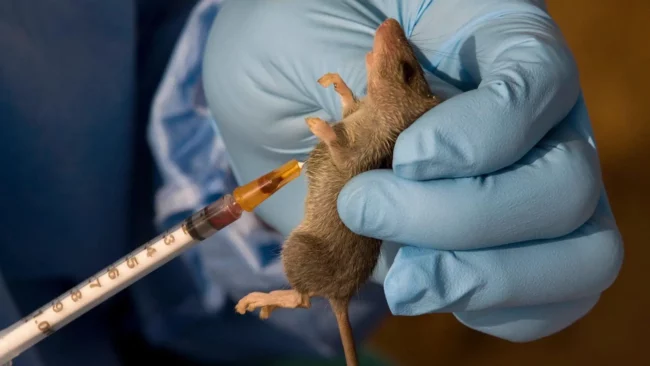The Nigeria Centre for Disease Control and Prevention (NCDC) has disclosed that it has recorded no fewer than 174 Lassa fever deaths, 1,035 confirmed cases and 8,569 suspected cases as of October 2024 across 28 states in 114 local government areas.
The Director General of NCDC, Dr Jide Idris, while disclosing this on Tuesday said the agency has continued to see a steady increase in the number of states reporting Lassa fever cases.
Lassa fever is an acute viral haemorrhagic fever (VHF) caused by the Lassa virus. The natural reservoir for the virus is the multimammate rat (also known as the African rat). Other rodents can also act as carriers of the virus.
While speaking further, the DG noted that the rise is due, in part, to improved surveillance, better community awareness, environmental degradation from climate change, and other harmful human activities.
“In 2022, Nigeria reported 1,067 confirmed cases across 27 states and 112 LGAs. As of October 13, 2024, 8,569 suspected cases, 1,035 confirmed cases, and 174 deaths have been reported across 28 states and 129 LGAs.
“The disease is also associated with significant loss of livelihood in the communities it ravages. Heads of households are unable to work when exposed to Lassa fever and when other household members are infected, the cost of care and treatment of the disease which is often significant strains existing household income pushing households toward poverty in a swift turn of events.”
“Lassa fever outbreaks are highly virulent and the loss of human lives resulting from disease are not just statistics but represent the death of beloved family members, spouses, parents.”
“Healthcare workers are also not excluded as there is a high chance of infection if proper infection prevention and control measures are not observed and experienced healthcare workers may die further straining the country’s already insufficient human resources for health.”
“While we continue to intensify efforts using an all-of-society approach, the public is hereby advised to note that the virus spreads through direct contact with urine, faeces, saliva, or blood of infected rats.”
“Contact with objects, household items, and surfaces contaminated with the urine, faeces, saliva, or blood of infected rats. Consuming food or water contaminated with the urine, faeces, saliva, or blood of infected rats.”
“Person-to-person transmission can also occur through direct contact with blood, urine, faeces, vomitus, and other body fluids of an infected person.”
“Lassa fever initially presents like other common illnesses accompanied by a fever, such as malaria. Other symptoms include headache, general body weakness, cough, nausea, vomiting, diarrhoea, muscle pains, chest pain, sore throat, and, in severe cases, bleeding from ears, eyes, nose, mouth, and other body openings.”
“The time between infection and the appearance of symptoms of the disease is 3 to 21 days. Early diagnosis and treatment of the diseases greatly increase the chances of patient survival,” he added.
READ MORE FROM: NIGERIAN TRIBUNE
